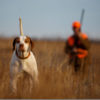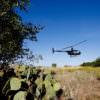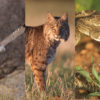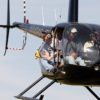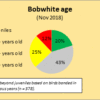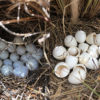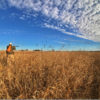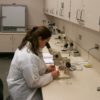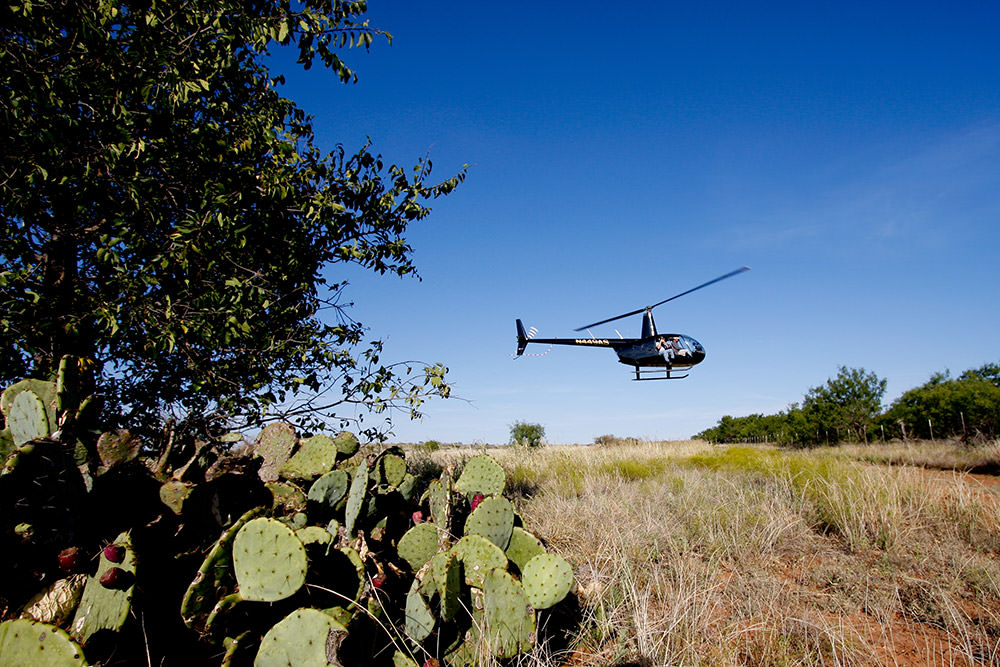
by Daniel King
Our topic this month is prickly pear management. I will start this off by saying that, despite what some folks may think, prickly pear is not inherently bad. It can provide a source of food (see this month’s Facebook post), escape cover, and some nesting cover (RPQRR data show a slight bump in nest survival for those nests situated in prickly pear). Most of the time, prickly pear is unlikely to “bother” quail until it reaches a point of suppressing other habitat components. However, as most of you already know, it can be a serious pain for hunters and, more importantly, bird dogs.
I chose our October issue to discuss prickly pear because the dark purple tunas probably have it on the forefront of your minds. We have tried numerous methods of pear control through the 13-year history of RPQRR; summer burns, roller choppers, skid-steer chop-and-spray attachments, and several combinations of herbicide and prescribed fire. As we speak, our staff is putting the finishing touches on our plan of attack for this year. In addition to October being when your pear is most evident, it is when pear is most susceptible to chemical control. We use chemical control rather than mechanical due to the propensity for pear to spread after mechanical treatment (we’ve tried chemical and mechanical combinations, but still spread more pear than I would like and had other adverse effects on non-target species).
There are two major considerations for chemical control of prickly pear: 1. Each pad is independent. So, every pad must be sprayed if you hope to kill it, and 2. Most herbicides for prickly pear control are detrimental to desirable woody species as well. Using individual plant treatment (IPT) is likely the best route for spraying pear. IPT will allow you to maximize kill and avoid overspray on desirable woody species. The downside to IPT is how time consuming (and therefore expensive) it is. At RPQRR, we plan to use a modified IPT approach by spraying with a small ATV boom sprayer in areas and weather conditions that allow us to do so without overspray (low wind speed) and following up with true IPT in more risky areas. We will also follow up with another round of IPT next fall when we can see what we might have missed.
A major inhibitor to getting good coverage with both the modified and true IPT is herbaceous vegetation intercepting much of the herbicide and hiding some of the smaller pear so that you miss it entirely. To prevent this, you can conduct a prescribed fire to burn off residual vegetation, fully exposing the pear. Research also indicates fire + herbicide produces better kill rates. However, this practice brings up two additional concerns: 1. Again, harming desirable woody species (setting them back), and 2. Reducing herbaceous cover going into the critical over-winter period. To mitigate these possible adverse effects, we prefer treating small patches (5-10 acres) spread across the ranch and burn with a low intensity fire (lower temperature, higher humidity). We will burn these plots in mid to late October and spray with Surmount or Mezavue shortly thereafter.


